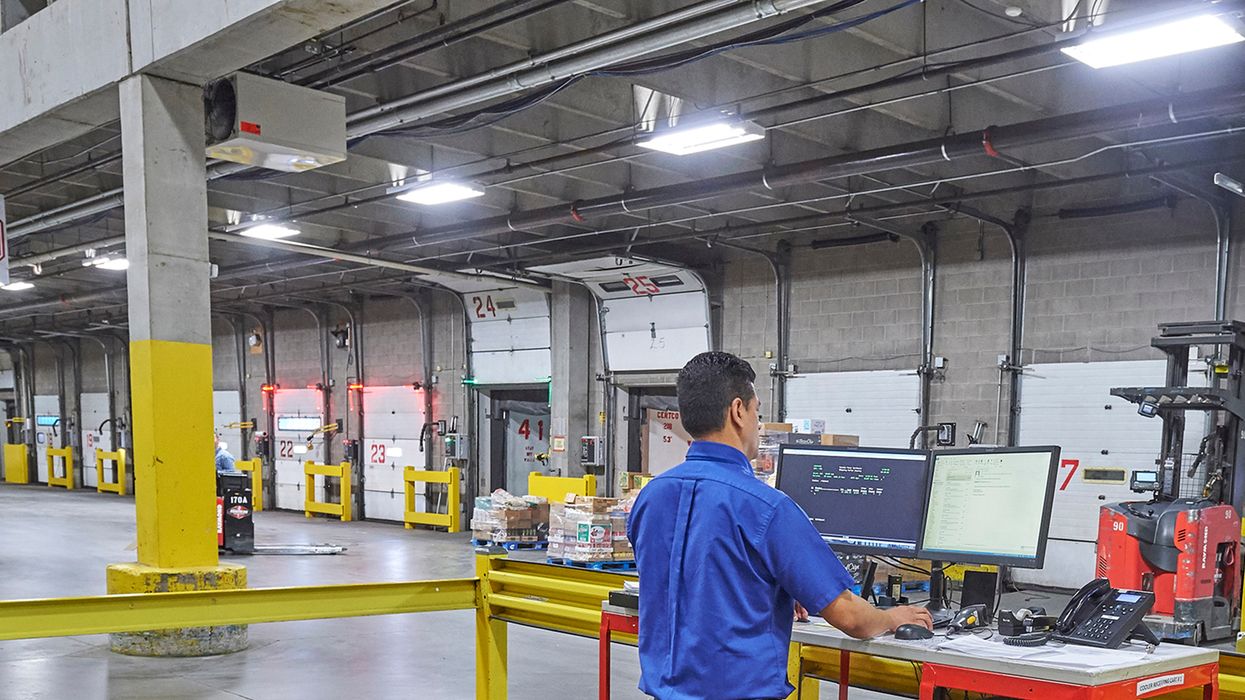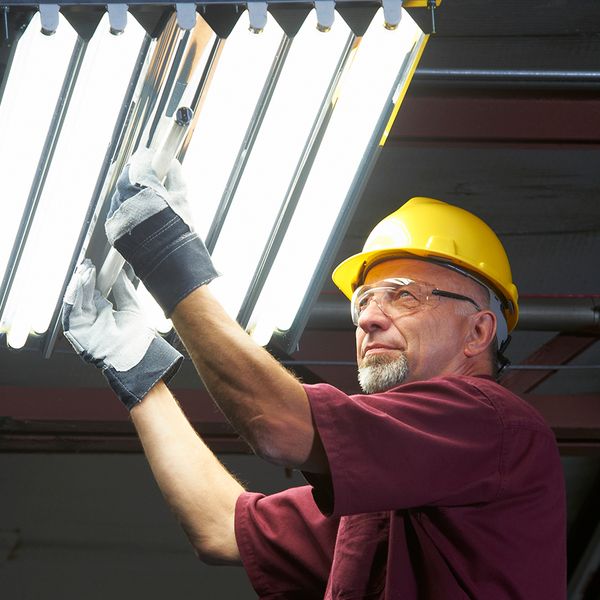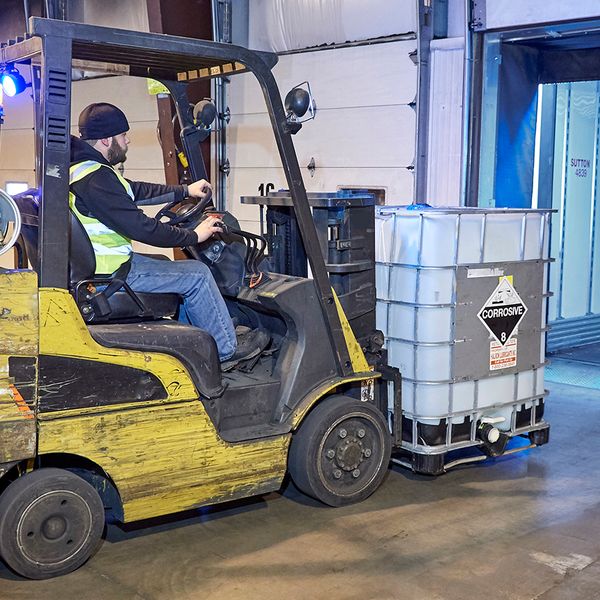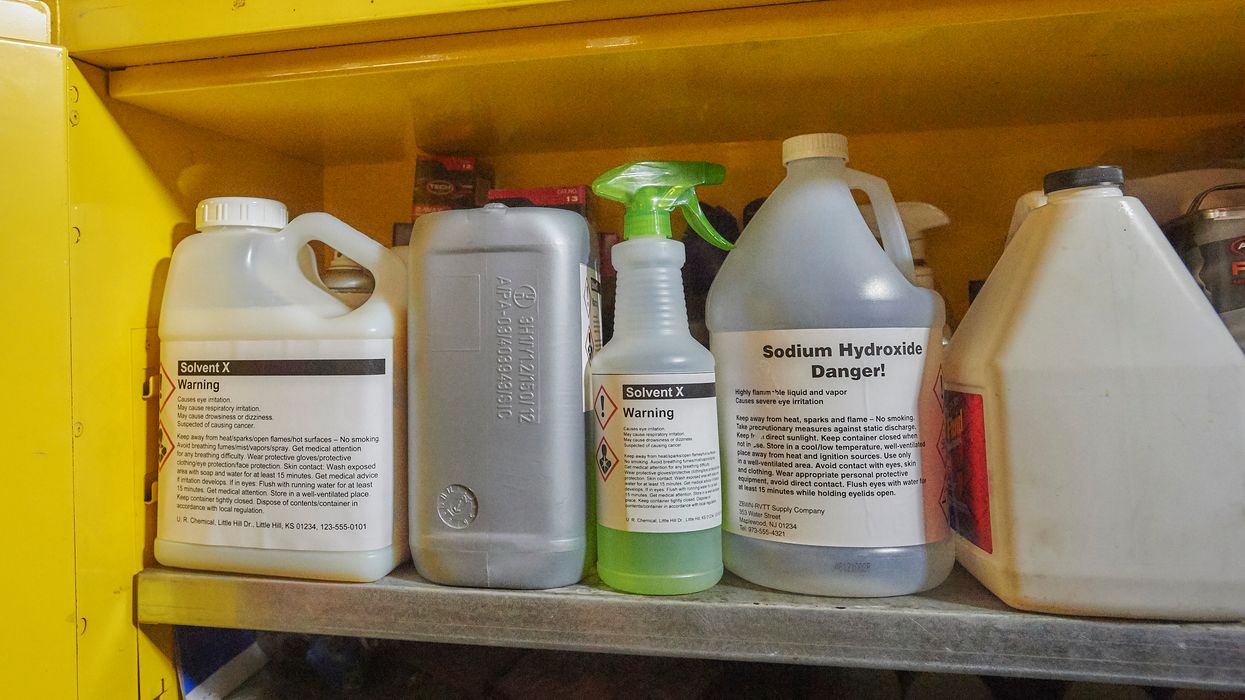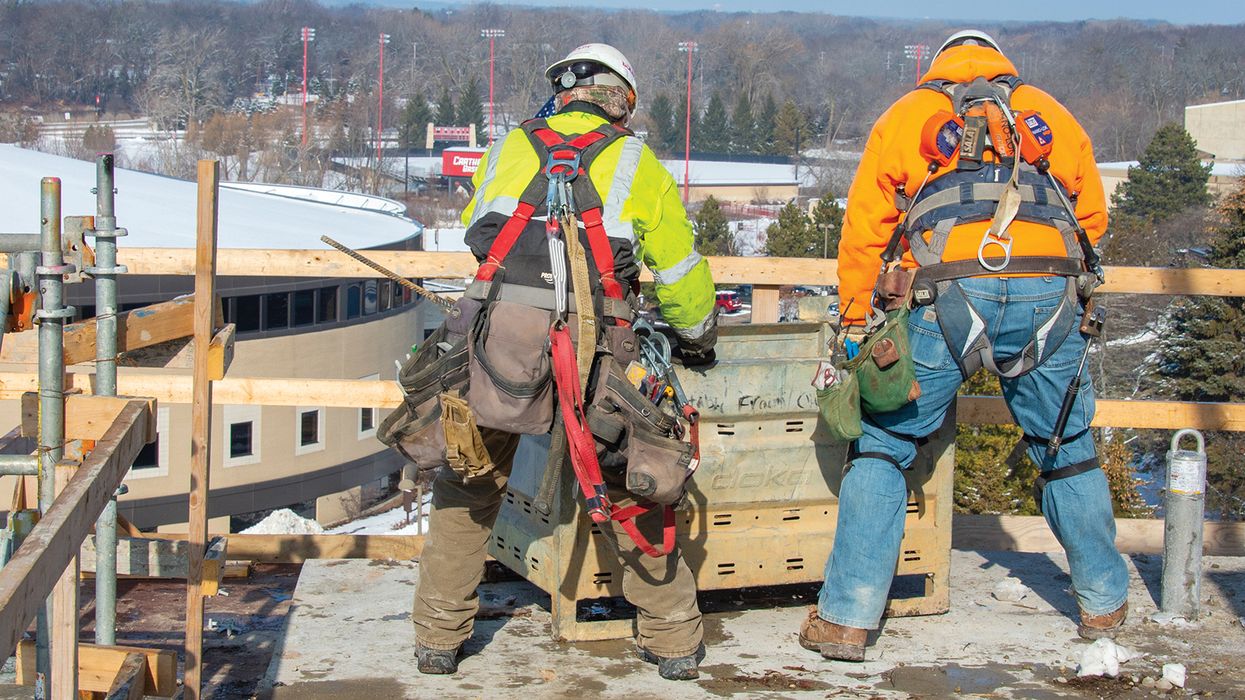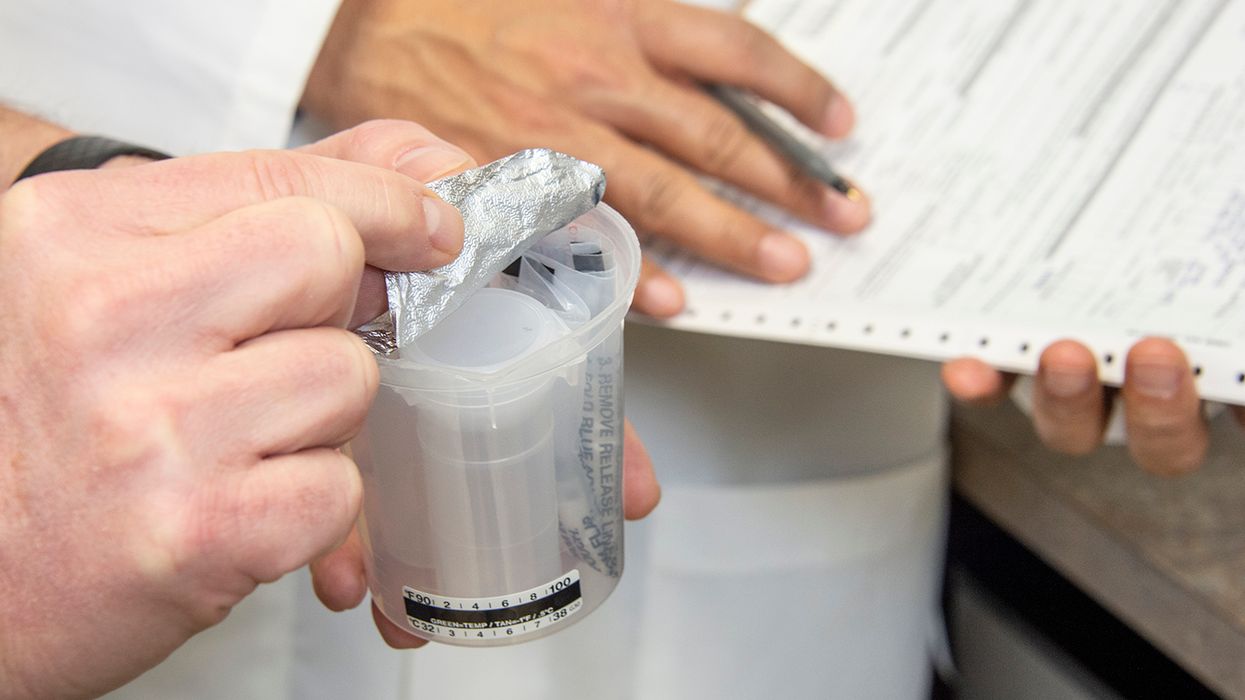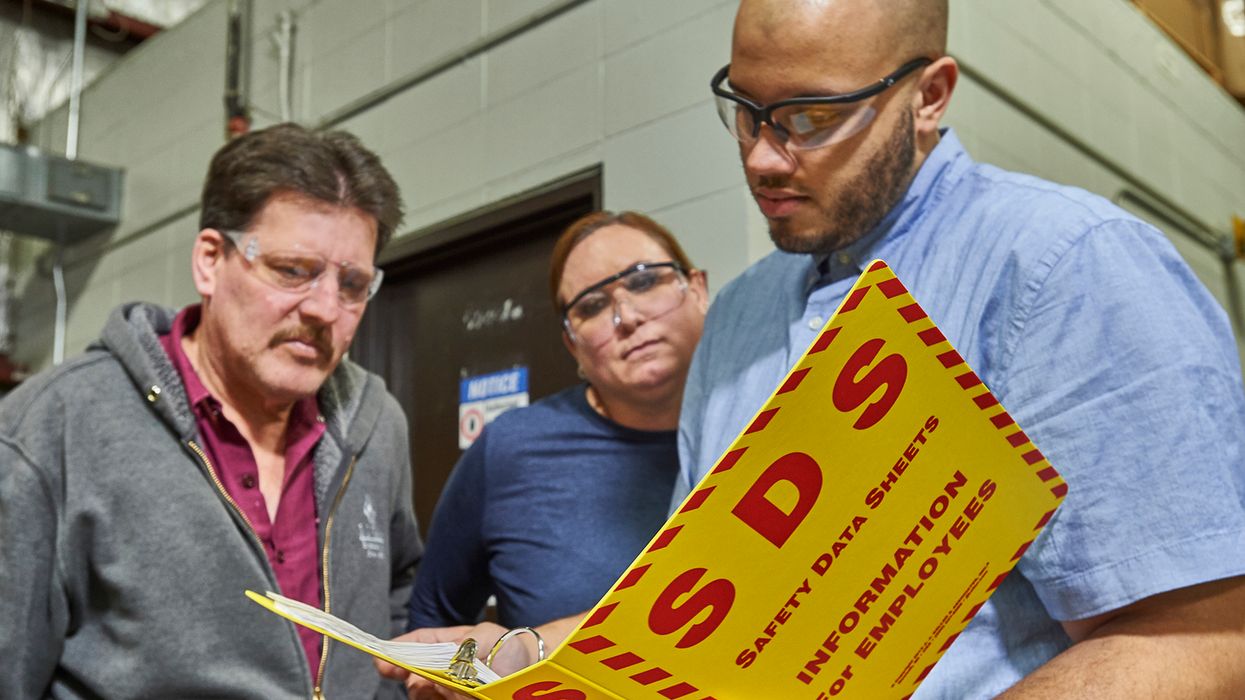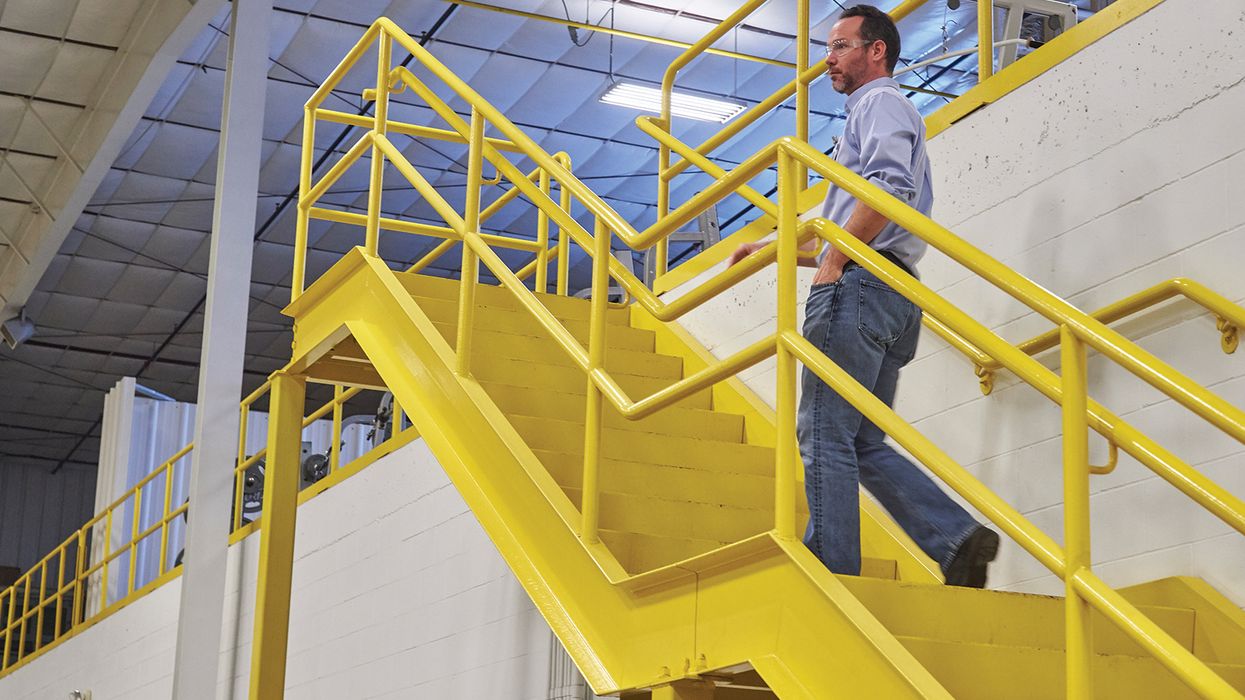O say (how well) can you see?
When it comes to lighting in an office setting or on a manufacturing floor, how much is too much? Or too little? Workers need enough illumination to comfortably accomplish their tasks and safely go about their day, but not so much that they’re blinded by the light. Lighting needs may vary depending on factors such as the amount of activity and the hazards of the environment.
PITs, exits, and the GDC
For the most part, OSHA’s general industry regulations at 29 CFR 1910 don’t go into specifics about the amount of illumination required in a facility or situation. The Powered Industrial Truck (PIT) standard at 1910.178 is one of the few places that a specific illumination level is given. Paragraph (h)(2) states, “Where general lighting is less than 2 lumens per square foot, auxiliary directional lighting shall be provided on the truck.” OSHA also addresses adequate lighting in the exit routes rule at 1910.37(b).
OSHA incorporates by reference an American National Standards Institute (ANSI) standard for industrial lighting (ANSI A11.1-65 — Practice for Industrial Lighting) in its standards for mechanical power-transmission apparatus (1910.219(c)(5)(iii)), pulp and paper mills (1910.261(a)(3)), and sawmills (1910.265(c)(2)).
In general, however, OSHA uses the General Duty Clause of the OSH Act to cite most hazards related to poorly lit workplaces, often referencing the ANSI standard (which is now replaced by the Illuminating Engineering Society of North America (IESNA) RP-7: Recommended Practice for Lighting Industrial Facilities).
This industry standard provides recommended levels based on the type of work being done and the environment. Lighting needs vary depending on such things as amount of activity, hazard of the environment, and other factors, generally ranging from .5 foot-candles for low hazard areas (e.g., offices) to 5.0 for high hazards and activity levels (such as machine shops or engine rooms). Lighting can be either artificial or natural.
A foot-candle is a unit of measurement used to quantify the amount of light that falls on a surface. It’s defined as the illuminance produced by one lumen of light evenly distributed over an area of one square foot. It’s commonly used in lighting design and to measure the brightness of lighting in various settings.
Key to remember: While OSHA is mostly silent on lighting requirements, the agency can cite employers for poorly lit workplaces using the General Duty Clause. Lighting guidance can be found in industry standards.

